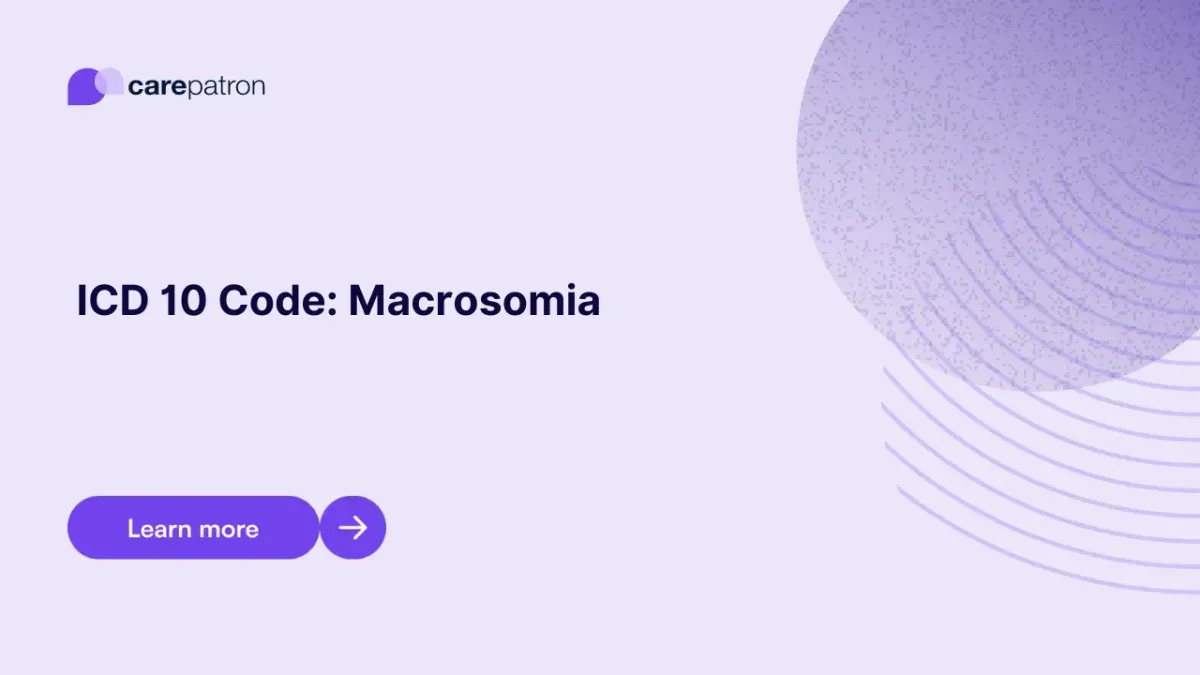
Macrosomia ICD-10-CM Codes
Learn the essential ICD-10-CM codes for diagnosing and documenting cases of macrosomia, or excessive birth weight.
Use Code
Commonly asked questions
ICD-10-CM codes for macrosomia should be used for medical documentation, clinical diagnosis, and billing purposes. They help to standardize this condition, making it easier for healthcare providers to deliver effective care.
Common treatments may include careful monitoring of the baby's blood sugar levels, possibly a cesarean section to prevent birth injuries, and ongoing pediatric care to monitor development.
A diagnosis code for macrosomia classifies the condition based on its associated complications or suspected causes. It is a standardized language for healthcare providers and is vital for accurate billing and statistical data collection.
EHR and practice management software
Get started for free
*No credit card required
Free
$0/usd
Unlimited clients
Telehealth
1GB of storage
Client portal text
Automated billing and online payments
